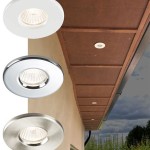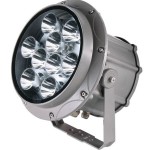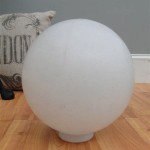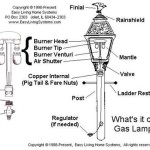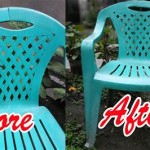What Colors Are Better for Outdoor Lighting and Why
When it comes to lighting your outdoor space, choosing the right colors is key. The colors you choose will affect the ambiance, visibility, and safety of your outdoor areas. Here are the essential aspects to consider when selecting colors for your outdoor lighting:
1. Ambiance
Different colors evoke different moods and feelings. Warm colors like orange, yellow, and red create a cozy and inviting atmosphere, perfect for social areas and patios. Cool colors like blue, green, and white provide a more calming and relaxing effect, ideal for gardens and water features. Choose colors that complement the style and ambiance you want to create in your outdoor space.
2. Visibility
Lighting color is also crucial for visibility. Brighter colors like white, blue, and yellow enhance visibility and create a sense of openness. They are best used for pathways, driveways, and areas where safety is a concern. Warmer colors like orange and red can reduce visibility, making them less suitable for safety purposes.
3. Light Pollution
Light pollution refers to the excessive or inappropriate use of artificial light. Some colors can contribute more to light pollution than others. Blue light, in particular, has been shown to have adverse effects on wildlife, disrupt sleep patterns, and contribute to skyglow. Opting for warmer colors or using shielded fixtures can help minimize light pollution.
4. Energy Efficiency
The color of your lights can also impact energy efficiency. Warmer colors tend to use less energy than cooler colors. LEDs are generally more energy-efficient than traditional light bulbs, so consider using LED fixtures in your outdoor lighting.
5. Plant Health
If you have plants in your outdoor space, the color of your lighting can affect their health. Plants absorb light for photosynthesis, and certain colors can influence their growth and well-being. Green light is particularly beneficial for plants, as it promotes chlorophyll production and healthy growth. Blue and red light can also be used to enhance specific aspects of plant development.
6. Night Vision
If you want to maintain good night vision, it's best to avoid blue light at night. Blue light suppresses the production of melatonin, a hormone that promotes sleep. Using warmer colors at night, such as red or orange, can help preserve your night vision and improve sleep quality.
Conclusion
Choosing the right colors for your outdoor lighting is essential for creating the desired ambiance, ensuring safety, and promoting plant health. By considering factors such as ambiance, visibility, energy efficiency, and other aspects discussed above, you can make informed decisions that will enhance the beauty and functionality of your outdoor space.

Choose The Best Color Temperature For Your Outdoor Lighting Knowledge Base Super Bright Leds

What Is Color Temperature Creative Outdoor Lighting

Best Color Temperature For Outdoor Lighting Enhanced

Color Temperature Your Guide To Outdoor Lighting

Choose The Best Color Temperature For Your Outdoor Lighting Knowledge Base Super Bright Leds

Color Temperature Your Guide To Outdoor Lighting

The Best Colors For Outdoor Lighting During Fall Winter Months

Clearwater Tampa Bay And St Pete Colored Outdoor Lighting

Which Colors Work Best For Outside Lighting

Color Temperature Your Guide To Outdoor Lighting
